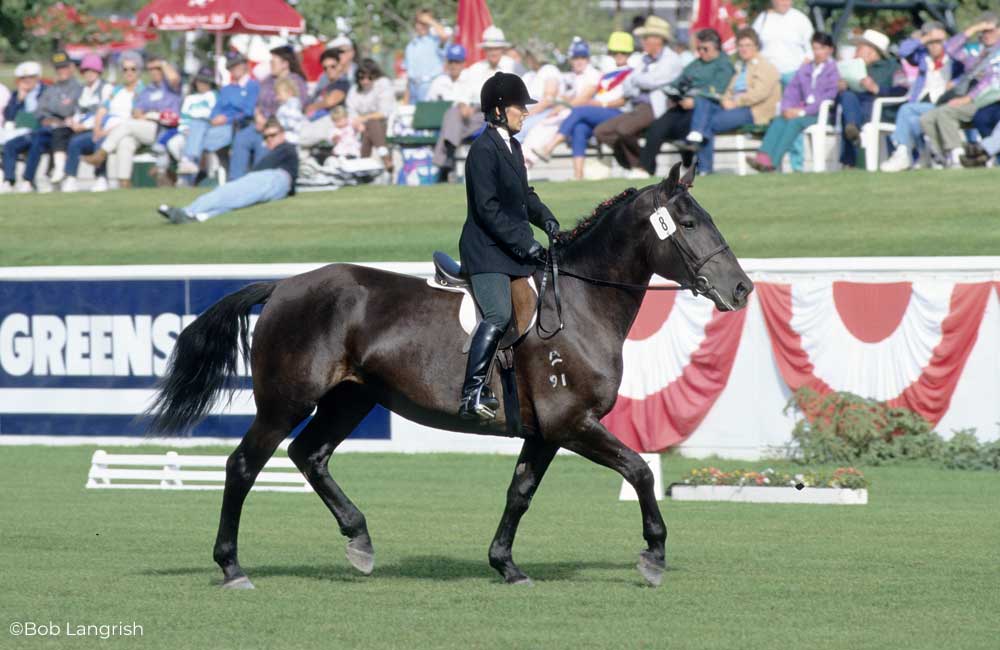In 1665, King Louis XIV sent what are believed to be Spanish, Norman and Breton horses to Canada, which at the time was part of the North American territory known as New France, settled by the French in the 1500s. Settlers bred and used the horses for agriculture and carriage work.
Due to the isolation of this area, these horses had no outside influence, allowing a unique breed to develop—now known as the Canadian Horse or Cheval Canadien. It faced hard work, harsh weather and scarce sources of food to evolve into a strong, easy keeper sometimes referred to as “the little iron horse.”

The Canadian Horse’s hardiness was sought after to improve other breeds, including American horses such as the Standardbred, Tennessee Walking Horse and, particularly, the Morgan. “Recent genetic testing has shown the two breeds to be closely related,” says Ken Morris, chair of the Canadian Horse Heritage and Preservation Society (CHHAPS). “Many high-quality Canadian stallions were imported to the U.S. between 1812 and 1860 to improve American harness racing stock, and to breed gaited horses. Canadian Horses were also used as cavalry mounts in the Civil War.”
When mechanization replaced equine jobs, the Canadian Horse’s numbers severely declined. The breed further suffered following World War II, until there were only around 400 registered horses left in the 1970s. Dedicated breeders have since helped to improve the Canadian’s numbers, although it is still considered threatened by the American Livestock Breeds Conservancy. According to the CHHAPS in 2013, the breed’s number stands around 6,000 horses, which can be found in all Canadian provinces and the United States.

The Canadian Horse stands 14 to 16 hands tall and is mostly black, but can be brown, bay or chestnut. It’s a popular combined driving horse and is ridden in various English and western disciplines for recreation and competition.
For more information, visit lechevalcanadien.ca.
This article originally appeared in the November 2013 issue of Horse Illustrated magazine. Click here to subscribe!






The Canadian looks like a very handsome horse as well as very beautiful. Especially the blacks.
That little foal was so cute. Beautiful horses!! Thanks for the information and video.
nice article like the history of the horse